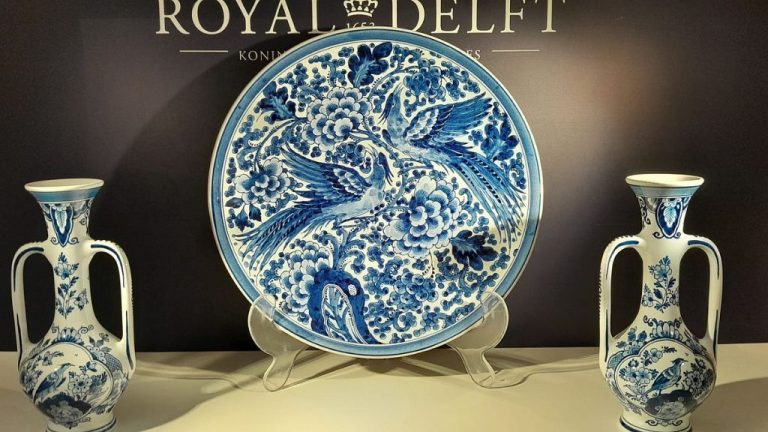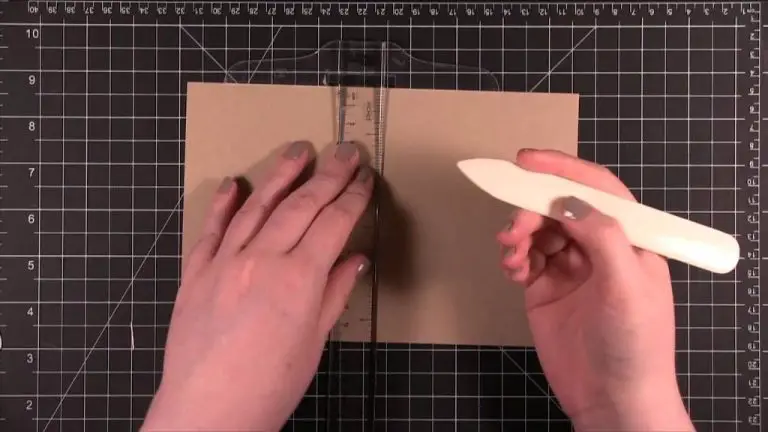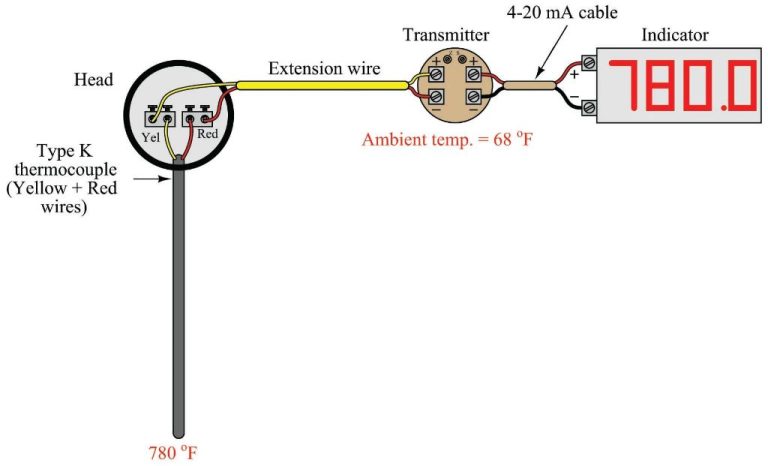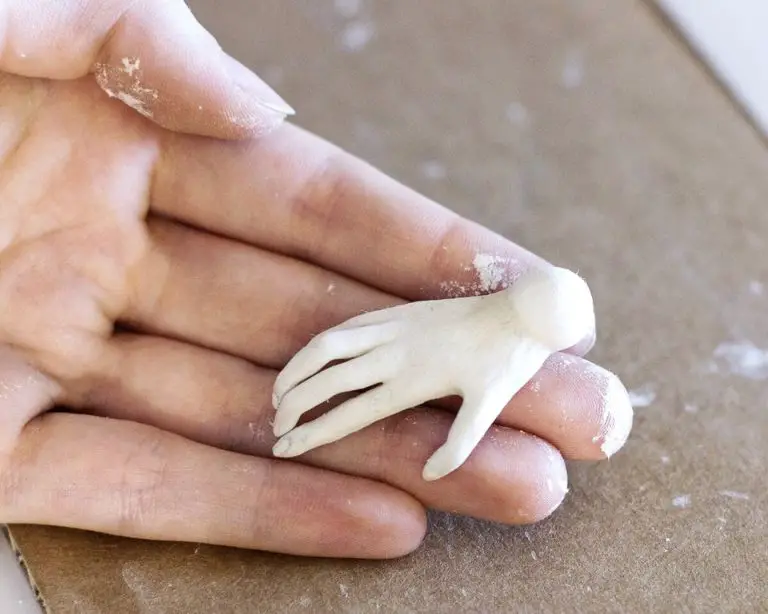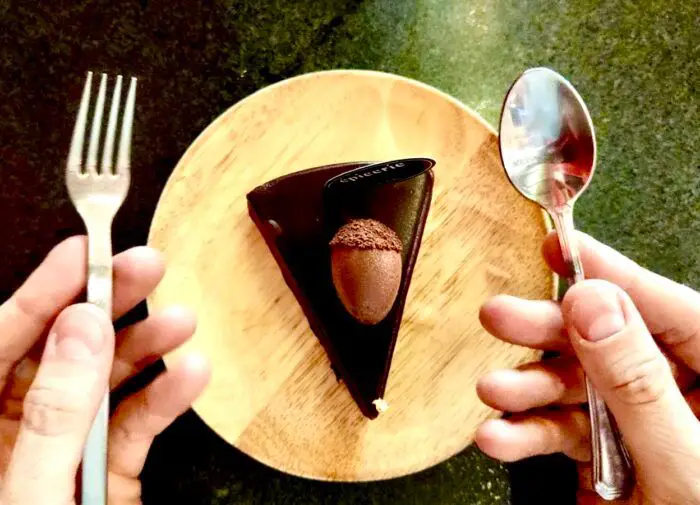What Kind Of Cup Is Best For Espresso?
Espresso is a concentrated coffee beverage brewed by forcing hot water under pressure through finely ground coffee beans. The espresso extraction yields a thick, concentrated coffee with a rich aroma and bold flavor. The espresso cup plays an important role in the drinking experience. Choosing the right cup enhances the taste and presentation of the espresso.
This article will examine the different types of espresso cups available and provide recommendations on the best material and design for an optimal espresso drinking experience. We’ll compare ceramic, glass, plastic, and insulated cups across criteria including heat retention, durability, aesthetics, and cost. The thesis is that traditional ceramic espresso cups offer the ideal balance of functionality and authentic Italian cafe style.
Brief History of Espresso
The origins of espresso date back to the late 1800s in Italy. The first espresso machines were invented in Milan and Turin in the early 20th century as a faster way to brew coffee. Luigi Bezzera patented the first single-shot espresso machine in 1901 which pushed steam and hot water through compressed coffee grounds (Source).
In the early 20th century, espresso was mainly consumed at cafes in Italy. The small cups used allowed for the espresso to be consumed quickly while standing at cafe counters. These early espresso cups were made of glass or ceramic and had a handleless design with a wide rim and saucer (Source).
As espresso spread to other parts of Europe and the United States in the mid-20th century, larger cups with handles became popular. The rise of coffee shop chains like Starbucks also popularized larger cup sizes. However, smaller demitasse cups are still preferred for traditional shots of espresso.
Ceramic Cups
Ceramic cups have been the traditional material of choice for espresso drinks. Ceramic is an inorganic, non-metallic solid that is typically made from clay and hardened by firing at high temperatures. Some key properties of ceramic that make it a popular option for espresso cups include:
- Heat retention – Ceramic is an excellent insulator and retains heat very well. This helps keep espresso drinks hotter for longer.
- Non-porous – Unlike materials like paper or cardboard, liquids won’t soak into ceramic, so the espresso’s flavor is preserved.
- Durable – Ceramic is extremely durable and resistant to cracks or breaks with normal use.
Some pros of ceramic espresso cups are their classic look and feel, ability to retain heat, and durability over time. Ceramic also allows you to fully experience the aromas of the espresso. Some cons are that ceramic can be prone to staining and may chip or break if dropped. Ceramic is also generally heavier than other materials, making it less portable for people on the go. Many Italian coffee shops still prefer traditional ceramic for its quality and appearance (Cerini Coffee).
Glass Cups
Glass espresso cups are usually made of tempered glass or borosilicate glass, both of which are durable materials that withstand heat well. Tempered glass is processed to increase its strength and resistance to shattering. Borosilicate glass contains boron trioxide which provides high heat resistance. Some key properties of glass cups include:
- Heat resistance – glass can withstand the high temperatures of espresso without cracking
- Transparency – allows you to see the crema and color of the espresso
- Non-porous – does not retain odors or flavors
- Durable if tempered – resists cracks and chips
Glass espresso cups have some advantages but also disadvantages when compared to other materials:
Pros:
- Aesthetically pleasing and stylish
- Lets you observe the crema and aroma
- Thin walls retain heat well
- Non-porous and inert so doesn’t impact flavor
Cons:
- Can break if dropped
- Not as good of an insulator as ceramic
- Thin walls may make the cup hot to hold
While glass espresso cups have some drawbacks, many cafes still prefer them for the aesthetics and ability to view the crema. Proper care is needed to prevent breakage.
Plastic Cups
Plastic is a popular material for disposable espresso cups. Plastic cups are inexpensive, lightweight, and insulate heat fairly well. Some key properties of plastic cups include:
- Made from polypropylene plastic which can withstand hot liquids
- Lightweight and portable
- Often have an insulating cardboard sleeve
- Low cost compared to ceramic
Plastic cups have some advantages for espresso:
- Disposable and single use
- Don’t require additional saucers
- Can be recycled or composted
- Allow you to take espresso on-the-go
- Insulating sleeves help retain heat
However, there are some downsides to plastic espresso cups:
- Can affect the taste and smell of the espresso
- Not as aesthetically pleasing as ceramic or glass
- Prone to cracking if exposed to very hot liquids
- Can absorb odors and stains over time
- Not as durable for repeated use
Overall, plastic cups provide an affordable and portable option for espresso, but may not be the best choice for espresso purists or daily home use.
Insulated Cups
Insulated cups, sometimes referred to as double-walled cups, are designed to keep drinks hot while also preventing burns from touching the hot cup exterior. They are constructed with a vacuum sealed between the inner and outer wall of the cup, which prevents heat transfer between the beverage and the external environment.
Insulated cups provide several benefits for espresso drinks. The insulated walls help maintain the ideal serving temperature for espresso longer than traditional ceramic or glass cups. Espresso is best served hot, generally between 158-176°F, and the insulation prevents the coffee from cooling too quickly before it can be enjoyed (1). The insulation also keeps the exterior of the cup comfortable to hold without burning your hands.
Insulated cups are particularly useful for espresso beverages on-the-go. The insulation allows you to transport the espresso without a significant drop in temperature, letting you enjoy your espresso at the proper temperature even after traveling with it for a while. Insulated cups with lids are ideal for sipping espresso during a commute or while running errands without worrying about spills (2).
The main downside of insulated cups is that the insulation can slightly mute some of the aroma and flavor nuances of the espresso. The aromatics are not able to travel through the lid as they would in an open mug. Insulated cups also tend to be more expensive than traditional ceramic ware. However, for many espresso drinkers, the ability to maintain the ideal temperature and prevent burns outweighs any small loss of aroma or added cost.
(2) 80mL (2.7 Ounce) Stainless Steel Espresso Cups
Comparison of Cup Materials
When evaluating espresso cup materials, there are several key factors to consider, such as heat retention, durability, aesthetics, and price. Here is how the main cup materials compare:
Ceramic: Ceramic cups like porcelain and stoneware have excellent heat retention, keeping the espresso hot without burning hands. They are also very durable and stain resistant. The downside is they can be prone to chipping if dropped. Ceramic materials are mid-range in price.
Glass: Glass cups allow you to see the crema and add an elegant look. However, they don’t retain heat as well and are more fragile. Glass is on the lower end for price.
Plastic: Plastic cups like polypropylene are extremely durable and won’t chip or break. They also tend to be inexpensive. However, they do not retain heat well at all. Plastic lacks the elegant appearance of other materials.
Stainless Steel: Insulated stainless steel cups are highly durable and retain heat excellently. They are more expensive but keep espresso hot for a long time. Stainless steel can have a utilitarian look compared to ceramic or glass.
When evaluating materials, ceramic and glass tend to be preferred for their visual appeal, though stainless steel excels at heat retention. Ceramic rates the best across all factors but costs more. Plastic is least desirable for appearance and heat retention.
Key Considerations in Choosing a Cup
When selecting an espresso cup, there are several key factors to take into account:
Temperature Retention – Espresso is meant to be served and enjoyed hot. The material of the cup impacts how well it retains heat. Ceramic and glass do well, while plastic and paper cups allow heat to dissipate more quickly. Look for thicker walls for better insulation.
Durability – Daily use necessitates durability. Ceramic and glass are breakable but hold up well if handled with care. Plastic and paper are shatter-resistant but can stain and degrade over time. Insulated cups with silicone exteriors offer a balance of durable and insulated.
Aesthetics – Espresso cups are part of the ritual and experience. Many prefer the elegant look of fine porcelain or ceramic. Glass and plastic offer modern minimalism. Consider shape, color, and other decorative details.
Cost – Ceramic and glass cost more but last longer. Plastic and paper are budget-friendly. Look for versatility – can the cup be used for Americanos or other drinks too?
Size/Weight – Standard espresso cups are 2-3 oz capacity. Larger cups can accommodate double shots or milk-based drinks. Heavier cups retain heat better. Lightweight materials are easier to handle.
Microwave/Dishwasher Safe – Convenience factors like these may be desirable for easy cleaning and reheating.
Recommendations
When choosing the best cup for your espresso, consider your specific needs and preferences. Here are some top recommendations:
Best Cup Types for Different Needs
For everyday use at home, an all-purpose ceramic cup is ideal. Ceramic retains heat well and showcases the crema. For travel, try an insulated stainless steel cup to keep your espresso hot on the go.
If you want to easily see the rich colors of your espresso crema, opt for a clear glass cup. Glass doesn’t retain heat as well though. For a lightweight, nearly indestructible option, consider plastic cups.
Overall Best Cup Material and Type
While personal preference matters, ceramic cups reign supreme for most espresso drinkers. Ceramic offers excellent heat retention and a classic look. An all-white 3-4 oz ceramic cup allows you to fully appreciate your espresso’s aromas and crema.
No matter your choice – ceramic, glass, plastic, or insulated stainless steel – make sure the cup is sized for a single or double shot of espresso, so you can enjoy it while hot. Consider if handle-free cups or ones with a ear/arch allow you to hold it comfortably.
Conclusion
The ideal espresso cup depends on your individual preferences and needs. Ceramic cups provide a traditional look and feel, excellent heat retention, and durability. However, they can be prone to breaking and are not as insulating. Glass cups allow you to see the crema and offer a sleek, modern aesthetic, though they don’t retain heat well. Plastic cups are affordable and nearly unbreakable but may absorb flavors and odors over time. Finally, insulated cups have the best thermal properties to maintain ideal drinking temperature, though they lack the beauty of ceramic and glass.
When choosing your espresso cup, consider factors like aesthetics, durability, insulation, weight, grip, and price point. Look for a cup that feels good in your hand, brings you joy when using it, and meets your daily drinking habits. The most important thing is finding a cup that enhances your overall espresso drinking experience.

